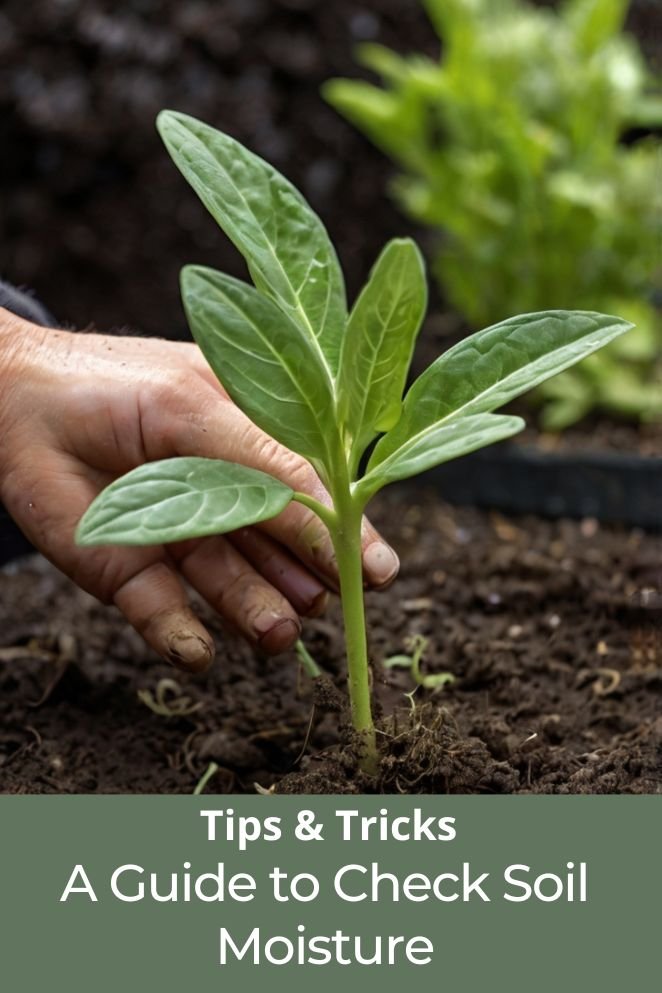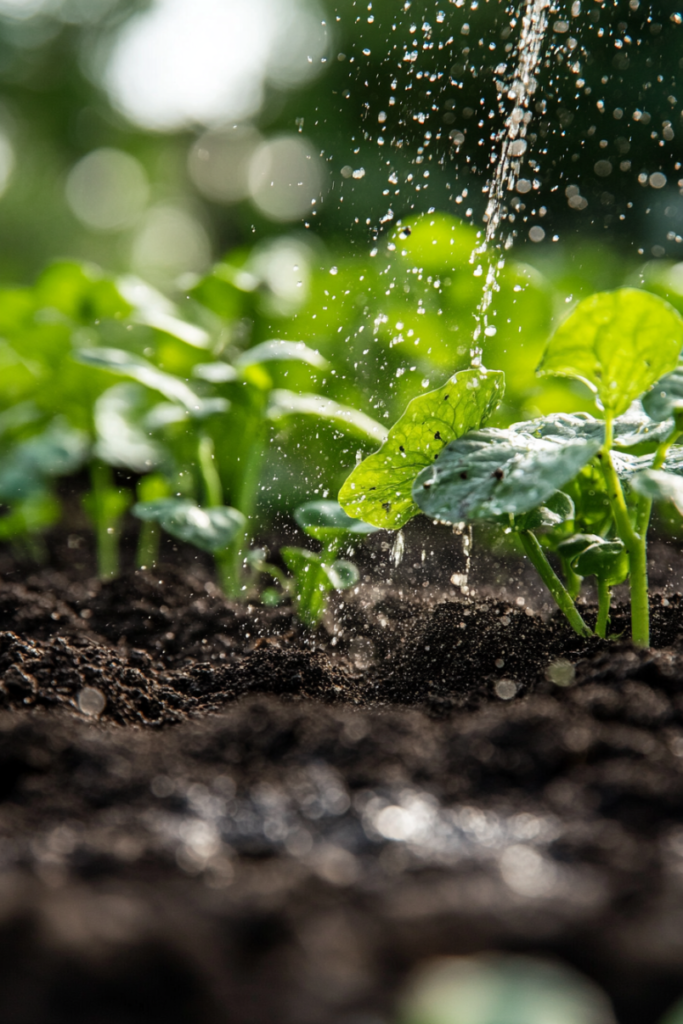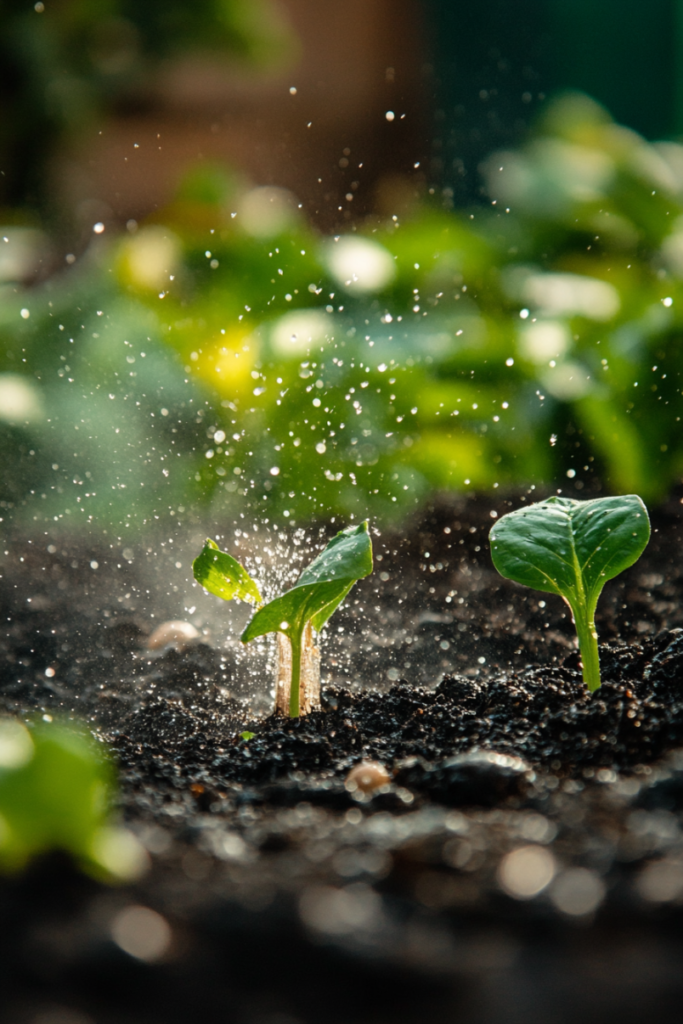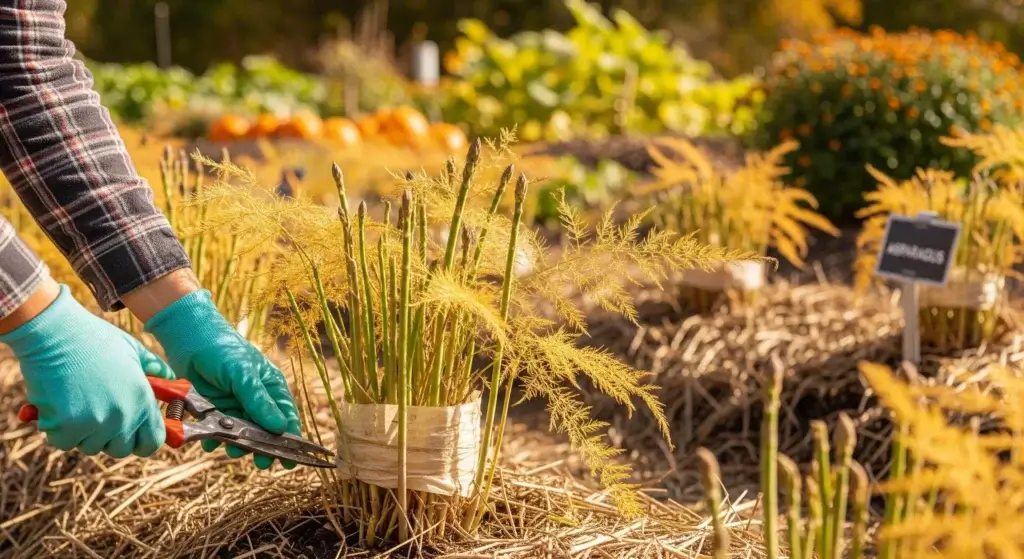
Soil moisture is a crucial factor in the health and growth of plants.
Understanding and maintaining optimal soil moisture levels is essential for successful gardening and farming.
Knowing how to accurately check soil moisture can help you prevent common problems like overwatering or underwatering, leading to healthier plants and a more bountiful harvest.
Here, we’ll explore various methods for checking soil moisture, from traditional techniques to modern tools, so you can ensure your plants thrive.
Importance of Soil Moisture
Soil moisture is crucial for plant growth and survival. It affects how well plants absorb nutrients, their overall health, and their ability to withstand diseases and pests.
When soil moisture is too low, plants become stressed and may wilt or die.
On the other hand, overwatering can lead to root rot, mold growth, and nutrient deficiencies.
Proper soil moisture ensures that plants can thrive by providing the right balance of water and air to the roots.
This balance is vital for photosynthesis, nutrient uptake, and the overall energy production of the plant.
Without it, even the most well-tended plants can struggle to survive.

Traditional Methods
For generations, gardeners have relied on simple, hands-on methods to check soil moisture.
These traditional techniques are still highly effective, requiring little to no special equipment, making them easy to follow and implement in your gardening routine.
- Read also: Houseplants Bloom: Spring Plant Care Tips for Lush Greenery
- Read also: A Comprehensive Guide: Inorganic vs Organic Fertilizers
Finger test
The Finger Test is one of the easiest and most straightforward ways to check soil moisture.
By using your sense of touch, you can quickly determine if your plants need water.
To do this, simply insert your finger about 2 inches into the soil—roughly the depth of your second knuckle.
This depth targets the area where your plant’s roots are most actively absorbing moisture.
When you feel the soil at this level, pay attention to its texture. If it feels dry, it’s a clear indication that your plant needs watering.
On the other hand, if the soil feels cool and slightly damp, there’s still enough moisture, and you can skip watering for now.
Dry soil will typically feel warm and crumbly, while moist soil retains a cool, slightly sticky texture.
The Finger Test offers an immediate way to assess soil moisture without needing any special tools.
It also encourages you to connect more closely with your plants, as you’re literally getting your hands into the soil.
Make sure to test the soil in a few different spots around your plant, especially if you’re working with larger pots or garden beds.
Soil can dry out unevenly, so checking multiple areas will give you a better overall picture of the moisture levels.
Stick method
The Stick Method is another tried-and-true way to check soil moisture, giving you a quick visual indicator of whether your plants need watering.
All you need is a wooden stick, skewer, or even a pencil.
Just be sure to use a clean stick each time to avoid mixing up any dirt from different spots, which helps you get a more accurate reading.
To use this method, insert the stick into the soil near your plant.
Push it down to reach the root zone, usually about 2 to 4 inches deep, depending on how big the plant is.
After pulling the stick out, take a close look at it.
If the stick comes out clean, the soil is dry and needs watering.
However, if soil sticks to the surface, that’s a good sign there’s still moisture present.
Damp soil will usually leave a darker, moist mark on the stick.
This method is a great way to visually check how much moisture is in the soil.
It’s especially helpful for those who might find it tricky to judge moisture with the Finger Test since the results are easier to see.
Plus, it works particularly well in larger garden areas where moisture levels can vary from spot to spot.

Modern Tools
Modern tools for checking soil moisture offer more than just convenience—they provide accuracy and peace of mind.
With these tools, you can make informed decisions about watering, ensuring that your plants thrive without the risk of overwatering or underwatering.
Let’s explore these tools in more detail.
Soil moisture meters
Soil moisture meters are straightforward devices that offer instant readings of your soil’s moisture levels.
They usually consist of a probe and a dial or digital display.
To use one, simply insert the probe into the soil at the root level of your plants.
The meter will then show the moisture level, usually on a scale from dry to wet.
Some advanced models go beyond just moisture, offering readings on light levels and soil pH.
This extra information can help you better understand the overall health of your soil, making moisture meters a versatile tool for any gardener.
These meters are especially useful for potted plants, where soil moisture can vary significantly from one container to another.
Digital sensors
Digital sensors are a step up from basic moisture meters, offering more detailed and precise readings.
These sensors often connect to your smartphone via Bluetooth or Wi-Fi, allowing you to monitor your soil moisture levels in real-time.
Once placed in the soil, digital sensors can measure moisture at various depths, giving you a more comprehensive view of what’s happening beneath the surface.
What makes digital sensors particularly useful is their ability to provide continuous data. S
ome models can track soil moisture over time, sending alerts to your phone when the soil becomes too dry or too wet.
This allows you to make timely adjustments to your watering schedule, ensuring that your plants always have the right amount of moisture.
Soil moisture apps
Soil moisture apps take the data from connected digital sensors and make it even more accessible and actionable.
These apps can track moisture levels, analyze trends, and even offer personalized recommendations on when and how much to water your plants.
By using an app, you can remove much of the guesswork from gardening, making it easier to maintain healthy plants.
Many of these apps come with additional features, such as tracking other environmental factors like temperature and humidity.
This all-in-one approach helps you get a fuller picture of your garden’s needs, enabling you to optimize care for your plants.
Some apps even allow you to set up notifications, so you’ll never forget to water your plants at the right time.
Irrigation systems with moisture sensors
For those with larger gardens or a more hands-off approach, irrigation systems equipped with moisture sensors are an excellent choice.
These systems automatically adjust watering schedules based on real-time soil moisture levels.
The sensors are placed in the soil, and they communicate with the irrigation system to control the water flow.
If the soil moisture is low, the system will increase watering; if it’s high, it will reduce or stop watering altogether.
This smart technology ensures your plants receive the exact amount of water they need, without any manual intervention.
It’s particularly beneficial for busy gardeners or those managing large plots of land, as it takes the stress out of maintaining proper moisture levels.
Moreover, some advanced irrigation systems allow you to control and monitor the entire process through a smartphone app.
This way, you can adjust settings, receive alerts, and even track water usage, making your gardening routine more efficient and environmentally friendly.

- Read also: Fall Plant Care Tips: Don’t Let Your Garden Fall Apart
- Read also: Beat the Heat: Summer Plant Care Tips You Need Now
Conclusion
Checking soil moisture is a fundamental part of gardening that can significantly impact the health and growth of your plants.
Whether you prefer traditional methods or modern tools, the key is to be consistent and attentive to your plants’ needs.
By understanding the importance of soil moisture and following the tips provided, you’ll be well on your way to a lush, thriving garden.
FAQs
It’s best to check soil moisture every few days, especially during hot or dry periods. Some plants may require more frequent checks.
Yes, overwatering can occur if the soil has poor drainage, leading to root rot. Always consider soil type and drainage before watering.
No, different plants have different moisture requirements. Research the specific needs of your plants to provide the best care.
Soil moisture meters are generally accurate, but it’s a good idea to calibrate them and cross-check with other methods.
If you’ve overwatered, allow the soil to dry out before watering again. Improving drainage and reducing watering frequency can help prevent future issues.



